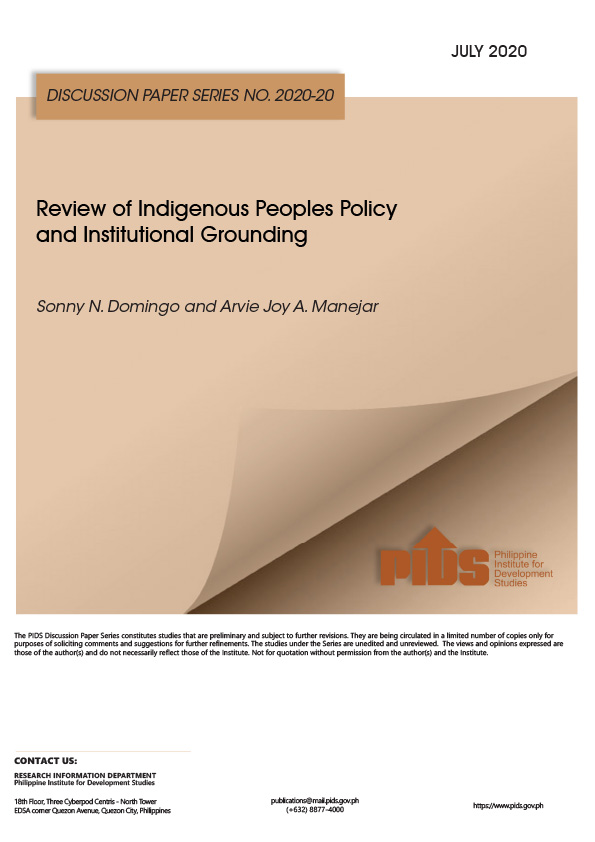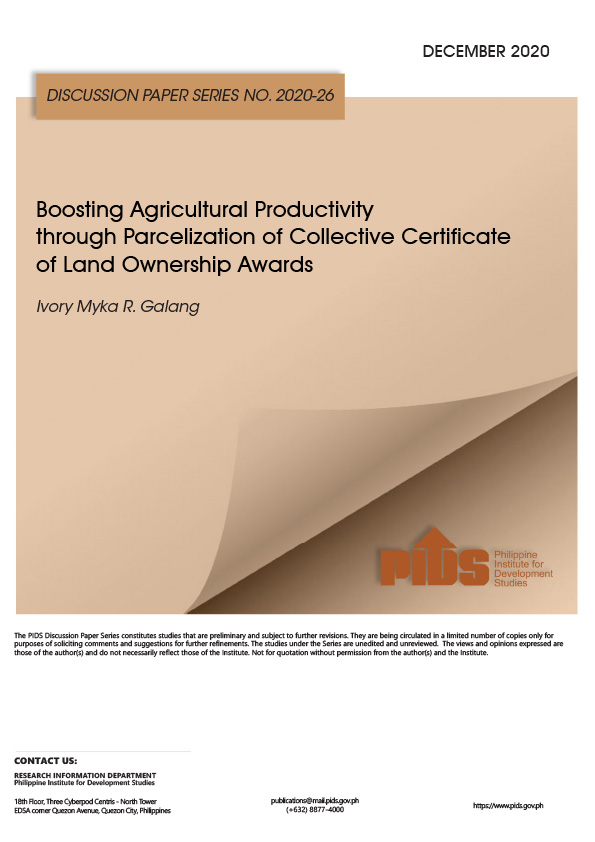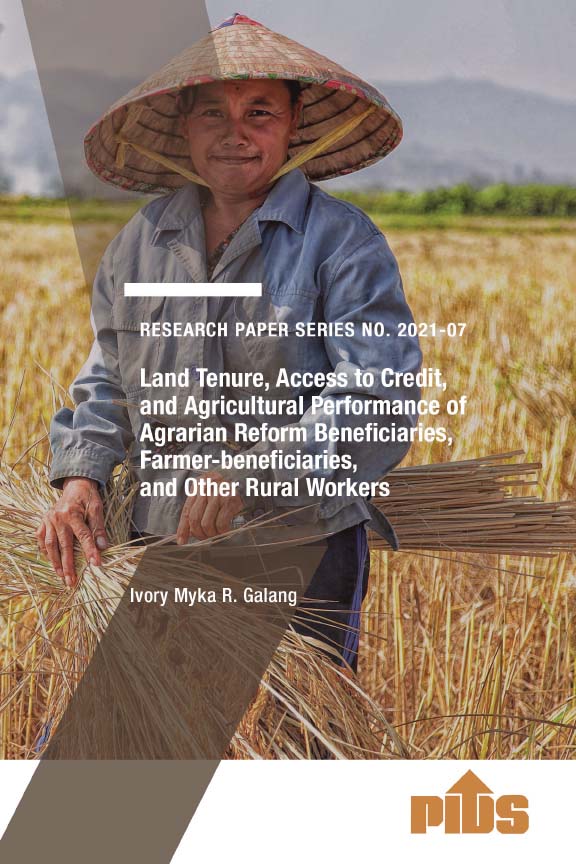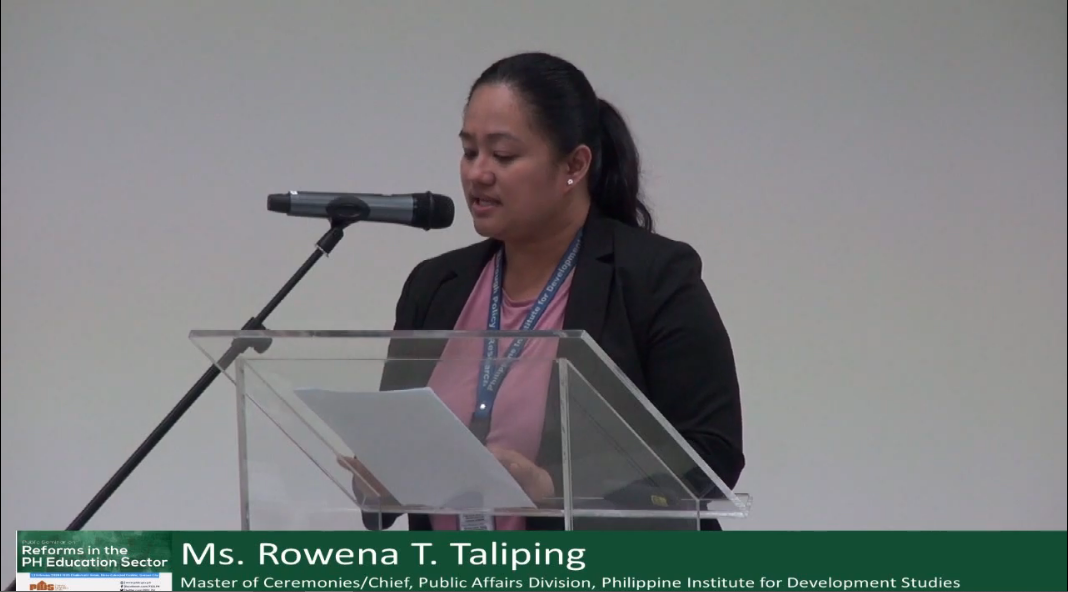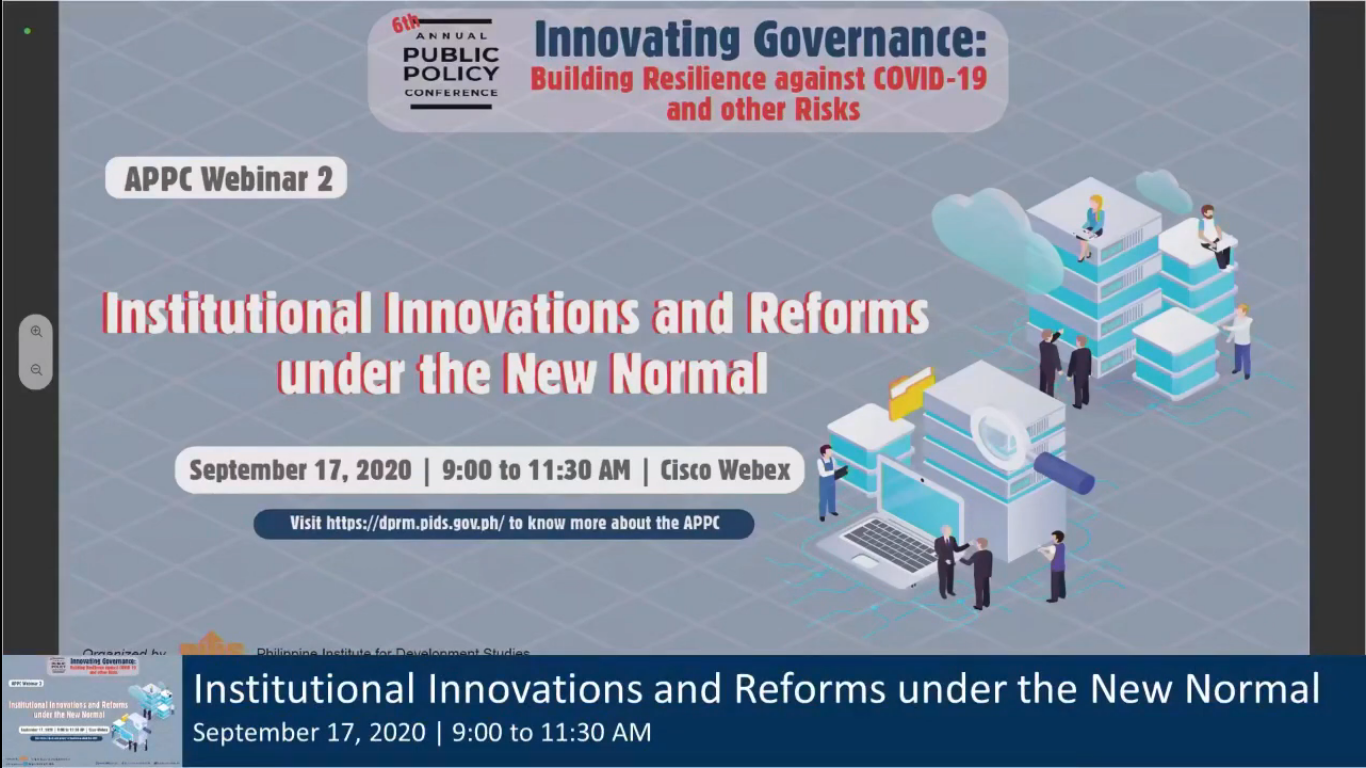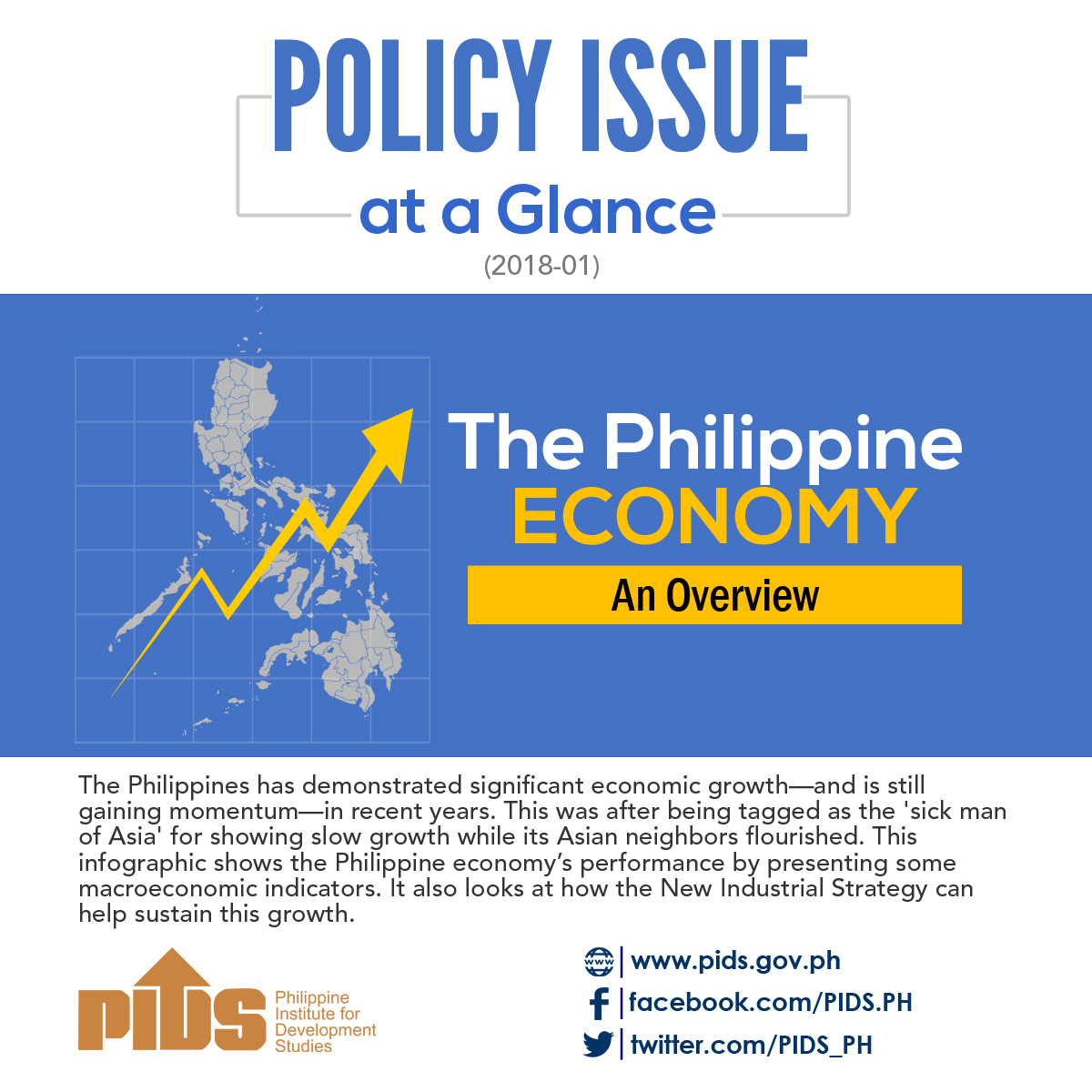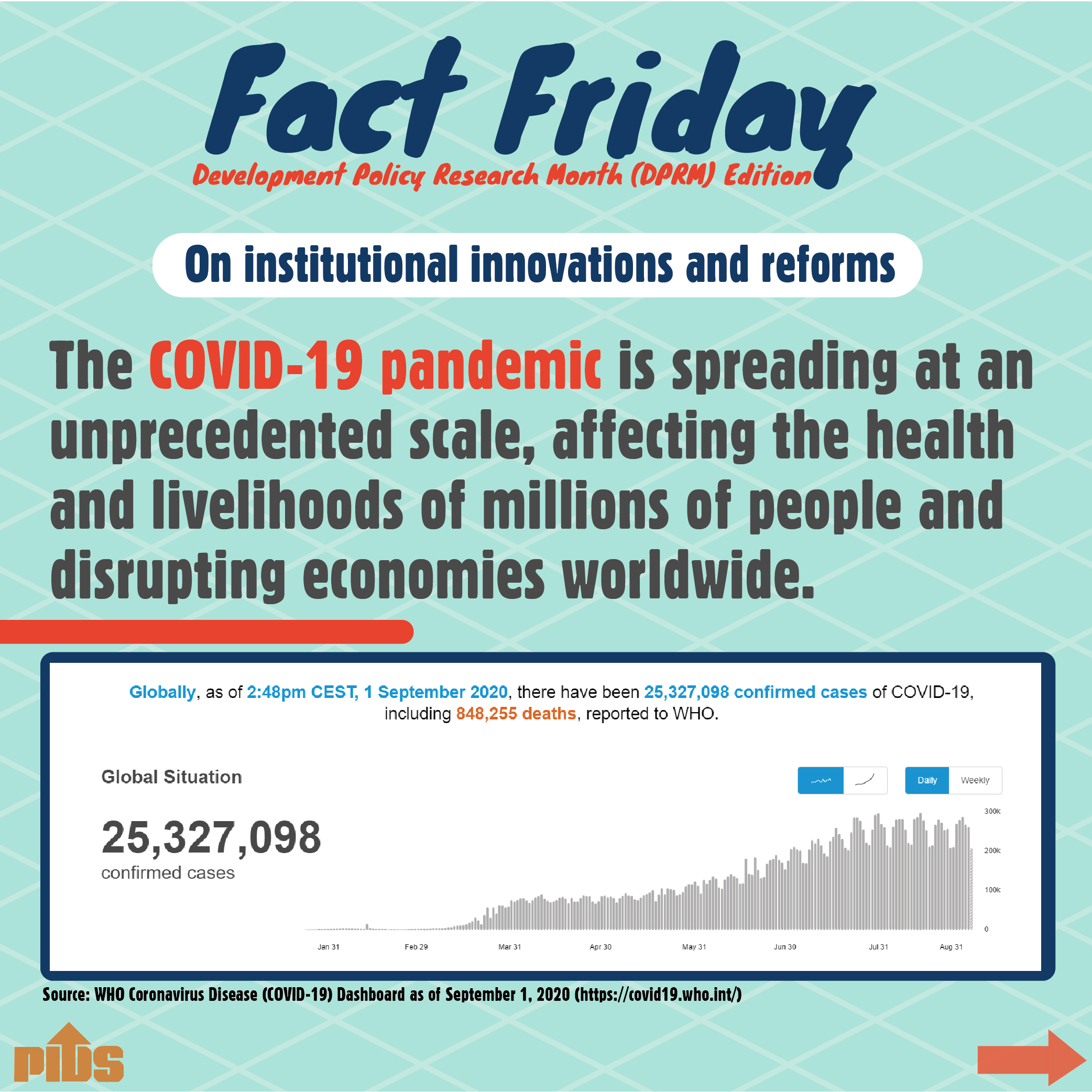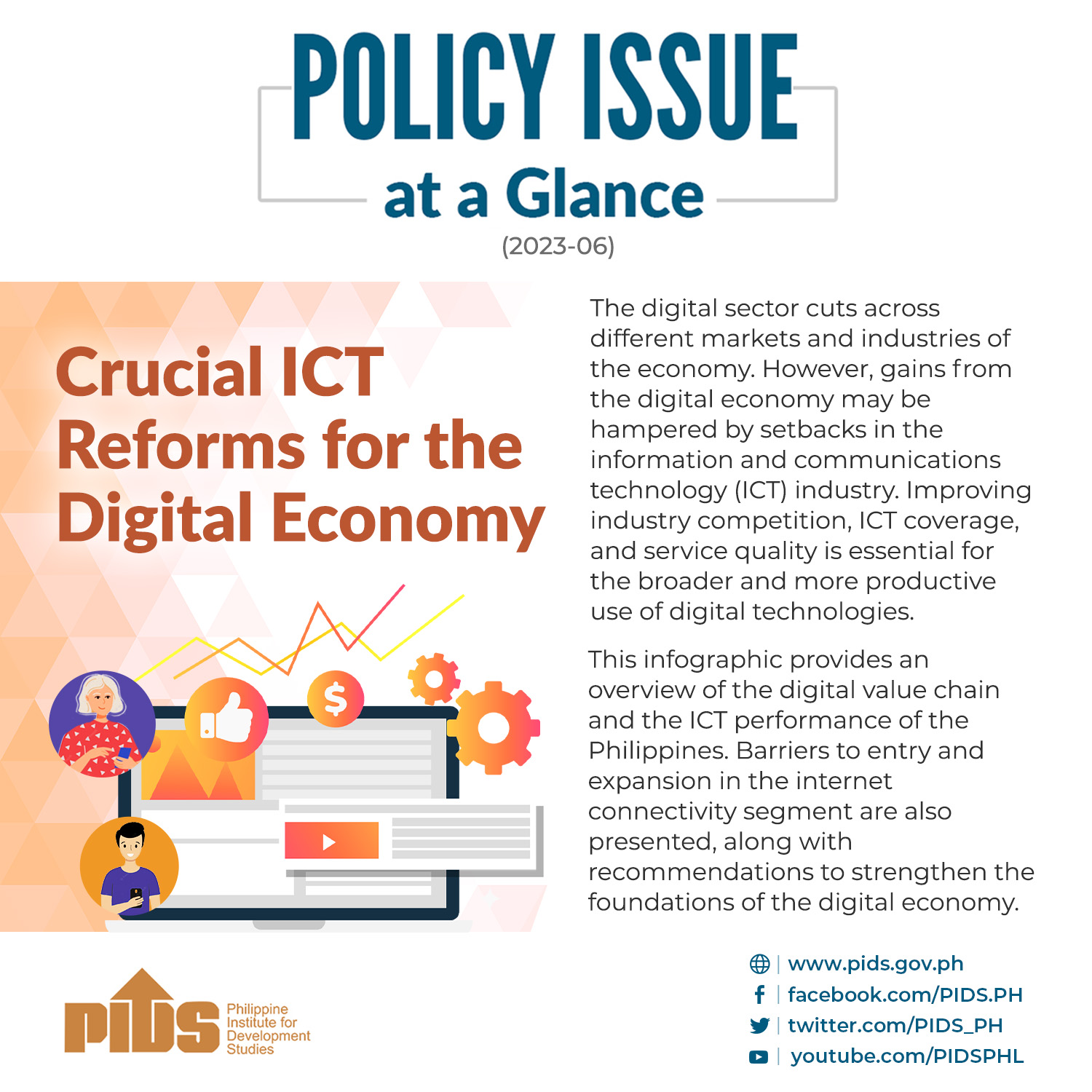THE Philippines needs to reform its agriculture sector to attract foreign investors and boost economic growth, according to an official with the American Chamber of Commerce of the Philippines (AmCham).
In a phone interview, John D. Forbes, AmCham senior adviser, said: “We (AmCham) have almost nobody in agriculture. The Philippines is generally unattractive for foreign investors for agriculture because it is very restrictive in terms of the amount of land you can farm. How can you be a foreign investor and grow crops? You need to reverse the situation with agrarian reform.”
Mr. Forbes said the country’s farming population is decreasing, and the children of farmers are discouraged from going into farming because they do not see any improvement in the lives of their parents, who face difficulties in acquiring the land they farm.
“Let’s say if you have 50 farmers on a piece of land that is subject to agrarian reform, you have 50 names on the same title. They don’t have a title on their land,” Mr. Forbes said.
The Department of Agrarian Reform (DAR) is currently handing out Certificates of Land Ownership Awards (CLOAs) to farmers under the Comprehensive Agrarian Reform Program (CARP).
However, according to a study of the government think tank Philippine Institute for Development Studies (PIDS) in 2017, “there was no clear evidence of CARP’s success in terms of increasing investments in agriculture and enhancing access of farmers to formal credit.”
PIDS said DAR has awarded about 4.8 million hectares of land to 2.8 million agrarian reform beneficiaries (ARBs), at a cost of P286 billion between 1986 and 2016.
PIDS also said that issues such as poor targeting and lack of an efficient land record system delay the program’s completion. However, it concluded that it is unnecessary to revise the law because there is very little land left to be distributed.
Instead, the government must focus on resolving issues such as ownership, cancellation of titles, payment defaults by ARBs and the completion of transfer of the awarded lands to its rightful owners, PIDS said. It also noted that the government must focus on providing farmers access to technology, credit, infrastructure, and markets.
Mr. Forbes concurred, saying that the priority issues to be addressed include the small size of Philippine exports compared to imports, as well as the slow facilitation of crop insurance support by the government, and the shortage of proper irrigation systems and farm-to-market roads.
“Insurance from the government takes a long time. Some bureaucrat has to come out and actually inspect what their losses are, but with modern technology, you can predict what the losses are,” Mr. Forbes said.
“The technology is here. There are bills passed in the House. There are those before the agriculture committee in Senate and the technical working group (TWG). I don’t know if they will get finished in this Congress because there is little time here but certainly they can be taken up in the 18th Congress. The reform bills are moving. Hopefully, in the 18th Congress, they’ll be passed,” according to Mr. Forbes.
“There are farm-to-market roads that need to be improved. Some of these are inadequate, we need several thousands (of kilometers),” Mr. Forbes said.
Mr. Forbes noted that the country’s agriculture sector faces a lot of challenges, as it comprises 30% of the Philippine population, and 70% of those live in poverty.
“We have new laws that will definitely be beneficial, but the growth in the sector is weak. It is not even keeping up with the GDP (growth domestic product) growth and people with higher income, people in middle class, they’re improving their diet. Therefore, they’re asking for more food, and it is a pity that food is being imported than being locally produced. The Philippines has a huge trade deficit of importing far more than the exports,” Mr. Forbes explained.
In November, the Philippine Statistics Authority (PSA) reported an increase of 13.5% in the value of agricultural trade to $18.34 billion in 2017 from $16.15 billion in 2016.
PSA data show that agricultural exports rose 27.6% to $6.58 billion in 2017. Agricultural imports meanwhile were at $11.76, up 4%.
Mr. Forbes said fisheries have huge potential, particularly tilapia which can be exported. The Bureau of Fisheries and Aquatic Resources (BFAR), however, said, that Philippine tilapia has no market overseas because other sources are preferred.
BFAR National Director Eduardo B. Gongona said last month: “The Philippine tilapia is already developed. What we have to develop is the market. The local producers want to keep producing but the problem is, there is no market. We need to export, but there are many competitors. US would rather get from South America so it would be cheaper but our tilapia here is tastier.”
Mr. Forbes, however, said that there is always a market for all kinds of fish, with Vietnam finding a way to export to the United States.
“There is a huge market in the United States… Fish is the fastest-growing source of protein in the world… The fish in Vietnam is being sold successfully in the US,” Mr. Forbes said.

